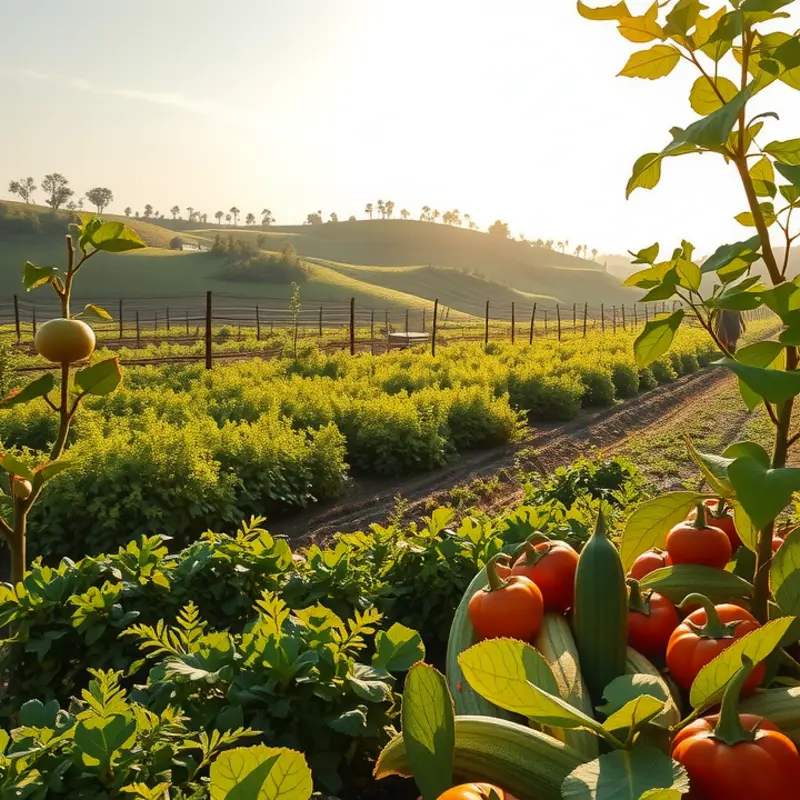Living sustainably and minimizing waste starts with practical steps at home. Reusing containers not only enhances food storage but also contributes to reducing landfill waste. Find out how to efficiently repurpose everyday containers safely, ensuring your food remains fresh and delicious. It’s time to explore safe methods that simplify food management while benefiting the planet.
Choosing the Right Containers for Food Storage

When it comes to food storage, selecting the right containers is crucial to maintaining freshness and preventing waste. Material choice significantly affects safety, durability, and the environmental footprint. Glass containers offer non-reactive properties, making them suitable for both acidic and alkaline foods. Their transparency allows for easy viewing of contents, minimizing the chances of food spoilage. Silicone containers are another excellent option due to their flexibility and ability to withstand temperature changes, making them ideal for freezer to microwave transitions. Stainless steel is durable and odor-resistant, perfect for dry goods and items with strong aromas.
Plastic containers, particularly those designated as food-grade, remain popular due to affordability and lightweight. However, it is essential to ensure they are BPA-free to avoid chemical leaching. When reusing plastic containers, always inspect for cracks or damage that might harbor bacteria.
Organizing your containers effectively enhances food safety. Using clear labels with the item name and date of storage helps prevent anything from overstaying its welcome, reducing the risk of consuming expired food. Color-coded lids or labels can further streamline the organization process, making it easy to identify what’s inside.
Ensuring cleanliness before each use is vital. Wash containers in warm, soapy water, and if possible, opt for dishwashers for a more thorough clean. Pay special attention to seals and lids, as cracks and residues can compromise safety. Periodically disinfect containers with a vinegar solution or mild bleach if you store raw meats or fish.
Incorporate space-saving techniques like nesting containers or using stackable models to maximize storage efficiency. This practice not only saves space but also keeps your storage area tidy, minimizing the time needed to search for the right size or type of container. To further enhance your eco-friendly practices, consider upcycling jars or bottles for storage. They are perfect for dry goods and liquids, offering an airtight seal when properly cleaned and dried.
To learn more about eco-friendly storage methods, discover insights on eco-smart kitchen storage.
For optimal results, match the container to the food type. Use glass for leftovers and meal prep for easy reheating, and select stainless steel for snacks on the go. Arrange dry goods in silicone or glass jars to showcase their vibrant colors and encourage healthy snacking. Proper selection and management of food storage containers not only protect your food but also contribute to a more sustainable lifestyle.
Creative and Safe Ways to Repurpose Food Containers

Revamping how we reuse food containers can significantly impact both our household’s efficiency and environmental footprint. With just a few creative tweaks, those seemingly mundane jars and plastic tubs in your kitchen can become key tools in safe food storage and waste reduction.
Jars for Dry Goods Storage
Glass jars are among the most versatile when considering repurposing opportunities. Their transparency makes them ideal for storing dry goods like grains, pasta, and legumes. Not only do they keep pantry staples fresh, but they also allow you to see exactly what’s inside. To maximize safety, ensure jars have airtight seals; this will prevent moisture from compromising the contents. For additional insight into storing different food types, check the eco-smart kitchen storage techniques that enhance sustainability without sacrificing safety.
Repurposing Plastic Containers
Plastic containers, often used for leftovers, can be transformed into modular storage units for homemade meals or even a DIY lunchbox system. To maintain safety, designate certain containers for specific use, like raw meats versus cooked foods, and periodically inspect them for signs of wear or odor retention. Keeping a rotating stock of these containers and using them for similar items can also prevent unwanted cross-contamination.
Innovative Labeling
Labeling is a crucial step in safe repurposing. Simple yet effective, labeling materials can vary from reusable dry-erase markers to adhesive chalkboard labels. Opt for color-coded labels to quickly distinguish between types of food or storage purposes. For instance, using blue labels for dairy items and green for vegetables can streamline kitchen operations. Additionally, including storage dates on these labels can reduce guesswork around food freshness, enhancing both safety and reducing waste.
Using Containers for Meal Prep
Containers can also serve as the cornerstone of effective meal planning and prep. By batching ingredients according to recipes and storing them in designated containers, you streamline cooking tasks and reduce clutter. This practice not only saves time but helps in monitoring how much of each ingredient is left, facilitating better grocery planning.
Safety Considerations and Cleaning
Proper cleaning of reused containers is paramount to prevent bacterial growth. Sterilize glass jars with boiling water for a few minutes and wash plastic containers with hot, soapy water. Always check the container’s condition before reuse: if it’s warped, cracked, or cannot close properly, it’s safer to recycle it.
By creatively repurposing food containers, you contribute to a reduction in waste while bolstering the efficiency of your kitchen. Your practices ensure that every container used not only serves its initial purpose but transforms into a sustainable, multifunctional asset in your home.
Final words
Safely reusing containers can significantly enhance your food management strategy while minimizing waste. By choosing the right materials, implementing effective cleaning practices, and creatively repurposing what you already have, you can contribute to a more sustainable lifestyle. Empower yourself with the strategies discussed—your kitchen can become a more organized, eco-friendly space. Remember, every container you reuse is a step towards protecting the planet.







